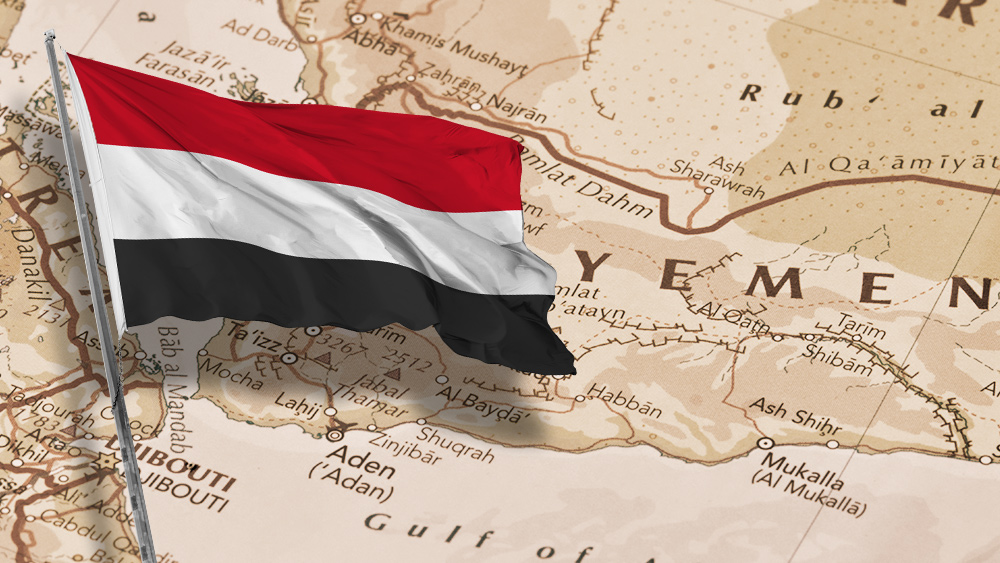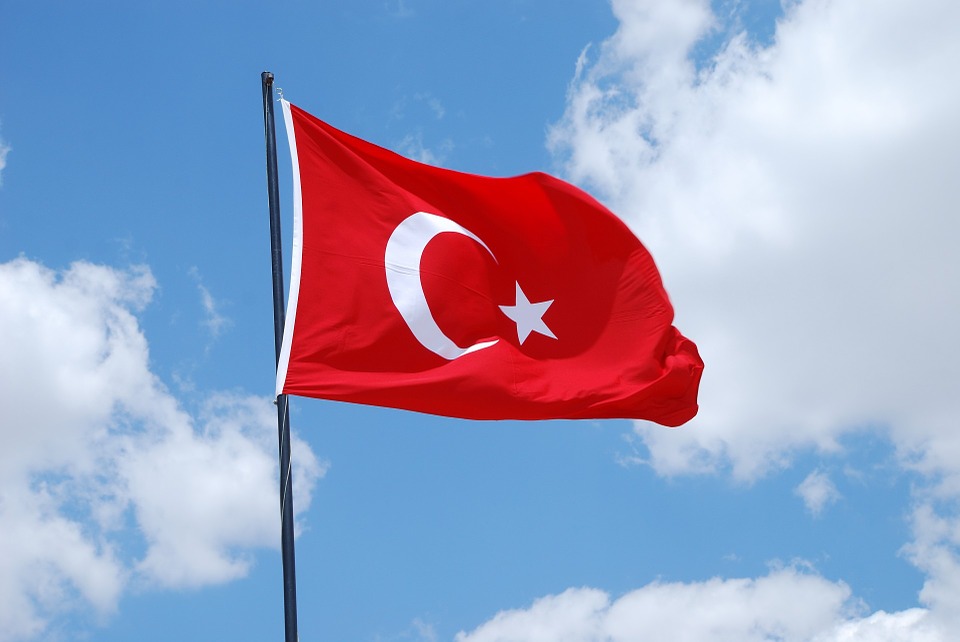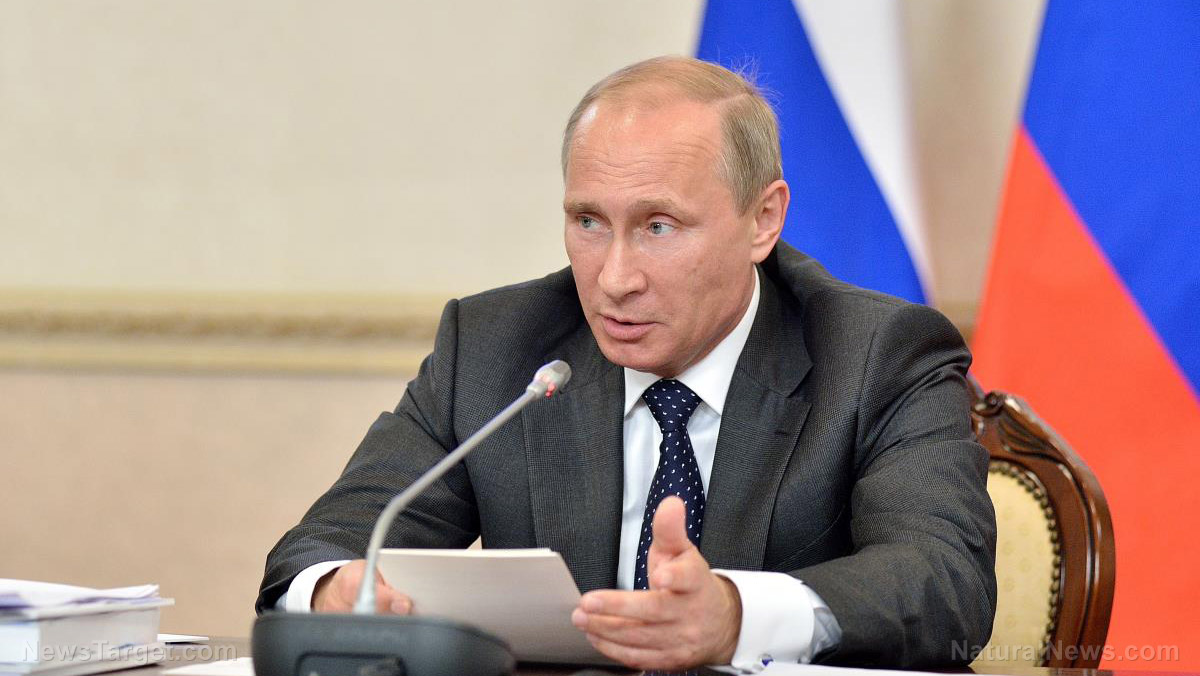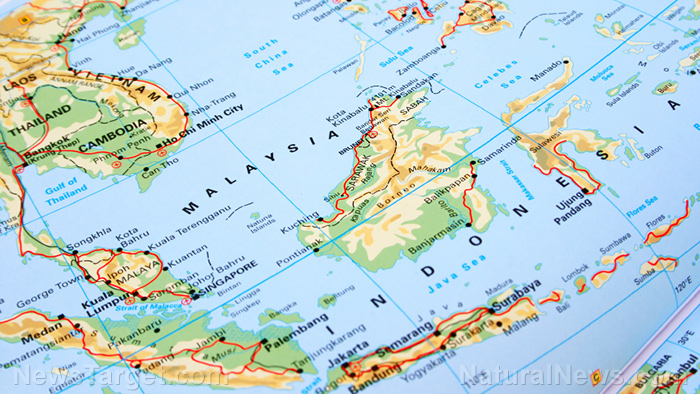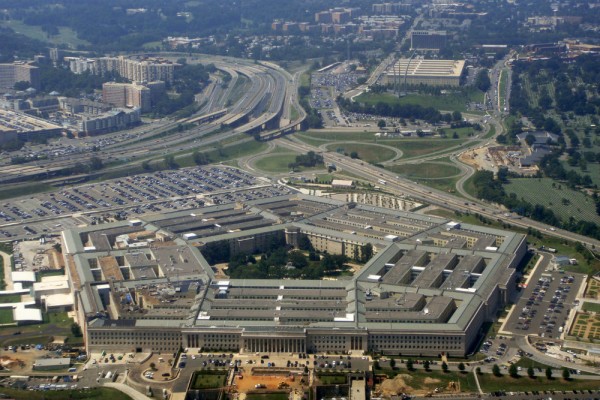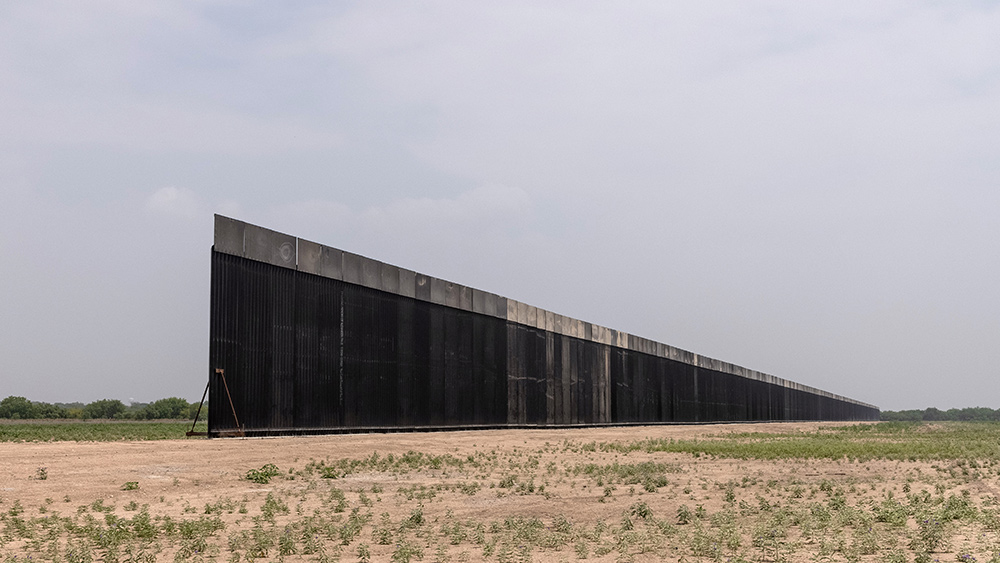Denmark to bolster Arctic defense with new military airbase in Greenland
01/20/2025 / By Willow Tohi
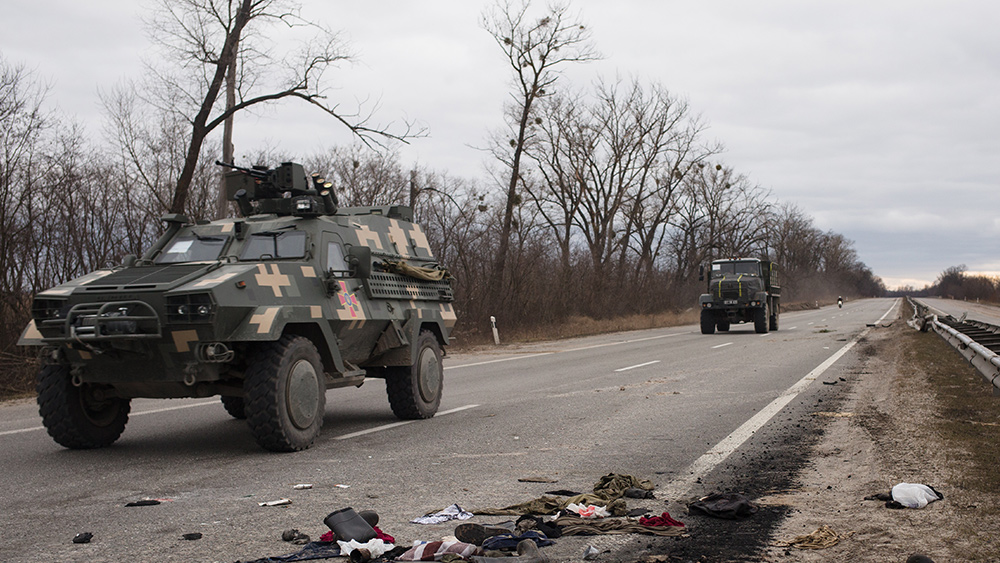
- Denmark plans to build a new military airbase in Kangerlussuaq, Greenland, to enhance its Arctic and North Atlantic defense capabilities. This follows renewed U.S. interest in the region and growing geopolitical tensions.
- The airbase will accommodate up to 94 personnel, serve as a hub for Danish F-35 fighter jets and long-range drones, and protect critical infrastructure. The project is estimated to cost over $150,000 for new aircraft alone.
- Denmark’s move reflects a shift towards a more proactive military presence in the Arctic. This comes in the wake of U.S. President-elect Donald Trump’s statements regarding Greenland’s strategic importance, despite the U.S. embassy denying plans to expand its military presence on the island.
- Greenland’s strategic location makes it a focal point for global powers. Russia has also expressed interest in the Arctic, increasing the region’s vulnerability to potential threats due to the lack of comprehensive airspace monitoring.
- Denmark’s efforts to assert sovereignty and strengthen its defense capabilities must balance the interests of its closest ally, the United States, with the aspirations of Greenland’s population for greater autonomy or independence. This delicate balancing act highlights the complex dynamics in the region.
Denmark is set to strengthen its Arctic and North Atlantic defense capabilities with the construction of a new military airbase in Greenland, according to a confidential report from the Danish armed forces. The move comes amid growing geopolitical tensions in the region and follows renewed U.S. interest in the strategically significant island.
The 22-page report, drafted in September 2024 and obtained by Danish state broadcaster TV2, outlines plans to establish the airbase in Kangerlussuaq, a settlement located approximately 300 kilometers north of Greenland’s capital, Nuuk. The facility is expected to serve as a hub for Danish F-35 fighter jets and long-range drones, enhancing the kingdom’s ability to monitor and defend its Arctic territories.
“The base will be especially required to receive Danish fighter jets (F-35) to periodically stay and land in Kangerlussuaq due to periodic readiness to repel attack and protect sovereignty, as well as show force … within the territory of the Kingdom of Denmark,” the report stated.
The project, estimated to cost over $150,000 for new aircraft alone, will accommodate up to 94 personnel and is designed to safeguard critical infrastructure, including undersea cables, power plants and oil storage facilities. Additionally, Denmark plans to establish a mobile military base in Greenland, which can be relocated using transport aircraft, and expand the Arctic Command headquarters in Nuuk by adding 58 personnel to its current staff of 70.
A strategic shift in the Arctic
The decision to bolster Greenland’s defenses reflects Denmark’s acknowledgment of its limited capabilities in identifying and responding to threats in the Arctic, North Atlantic and Baltic Sea regions. The report emphasizes the need for a more proactive military presence in the Arctic, despite Denmark’s official policy of maintaining the region as a zone of low tension.
“Although Denmark’s official policy is to avoid military conflicts, preserving the Arctic as a zone of low tension, the military command recommends a more active offensive presence in the future,” TV2 reported, citing the document.
The move also comes in the wake of U.S. President-elect Donald Trump’s recent remarks about the strategic importance of Greenland. In December, Trump called U.S. control of the island an “absolute necessity” for national security, sparking a diplomatic row with Denmark. Greenland, an autonomous territory within the Kingdom of Denmark, has repeatedly stated that it is not for sale.
“We have neglected for many years to make the necessary investments in ships and in aircraft that will help monitor our kingdom, and that is what we are now trying to do something about,” Danish Defense Minister Troels Lund Poulsen told journalists earlier this month.
Geopolitical implications and regional tensions
Greenland’s strategic location makes it a focal point for global powers, particularly as melting ice opens new shipping routes and access to untapped natural resources. The U.S. already maintains a permanent presence at the Pituffik air base in northwestern Greenland, which plays a critical role in the U.S. ballistic missile early-warning system.
However, the U.S. embassy in Copenhagen has denied plans to expand its military footprint on the island. “There are no plans to increase the United States’ current military presence in Greenland,” a spokesperson told Reuters. “We will continue to work closely with Copenhagen and Nuuk to ensure any proposals meet our common security needs.”
Meanwhile, Russia has also expressed interest in the Arctic, with the Kremlin describing the region as part of its “zone of strategic national interests.” Analysts warn that the lack of comprehensive airspace monitoring in Greenland leaves the region vulnerable to potential threats.
“There is no real monitoring of the airspace in Greenland; it is largely a free-for-all,” said Jens Wenzel, an analyst at Nordic Defense Analysis.
A delicate balancing act
For Denmark and Greenland, the situation represents a delicate balancing act. While Denmark seeks to assert its sovereignty and strengthen its defense capabilities, it must also navigate the interests of its closest ally, the United States, and the aspirations of Greenland’s population, many of whom favor greater autonomy or outright independence.
“They’re walking a tightrope,” said Lin Alexandra Mortensgaard, a Greenland expert at the Danish Institute for International Studies. “It’s a balance between representing an autonomous territory and representing a sovereign state while still taking the requirements of Denmark’s closest ally seriously.”
As Denmark moves forward with its plans, the Arctic remains a region of growing strategic importance, with global powers vying for influence. The new airbase in Kangerlussuaq marks a significant step in Denmark’s efforts to secure its position in this increasingly contested frontier.
Sources include:
Submit a correction >>
Tagged Under:
Arctic, border security, denmark, Greenland, military, military base, military readiness, national security, Russian threat, self-defense, strategic location, Trump, violence, weapons tech, White House, WWIII
This article may contain statements that reflect the opinion of the author
RECENT NEWS & ARTICLES
COPYRIGHT © 2017 NATIONAL SECURITY NEWS



